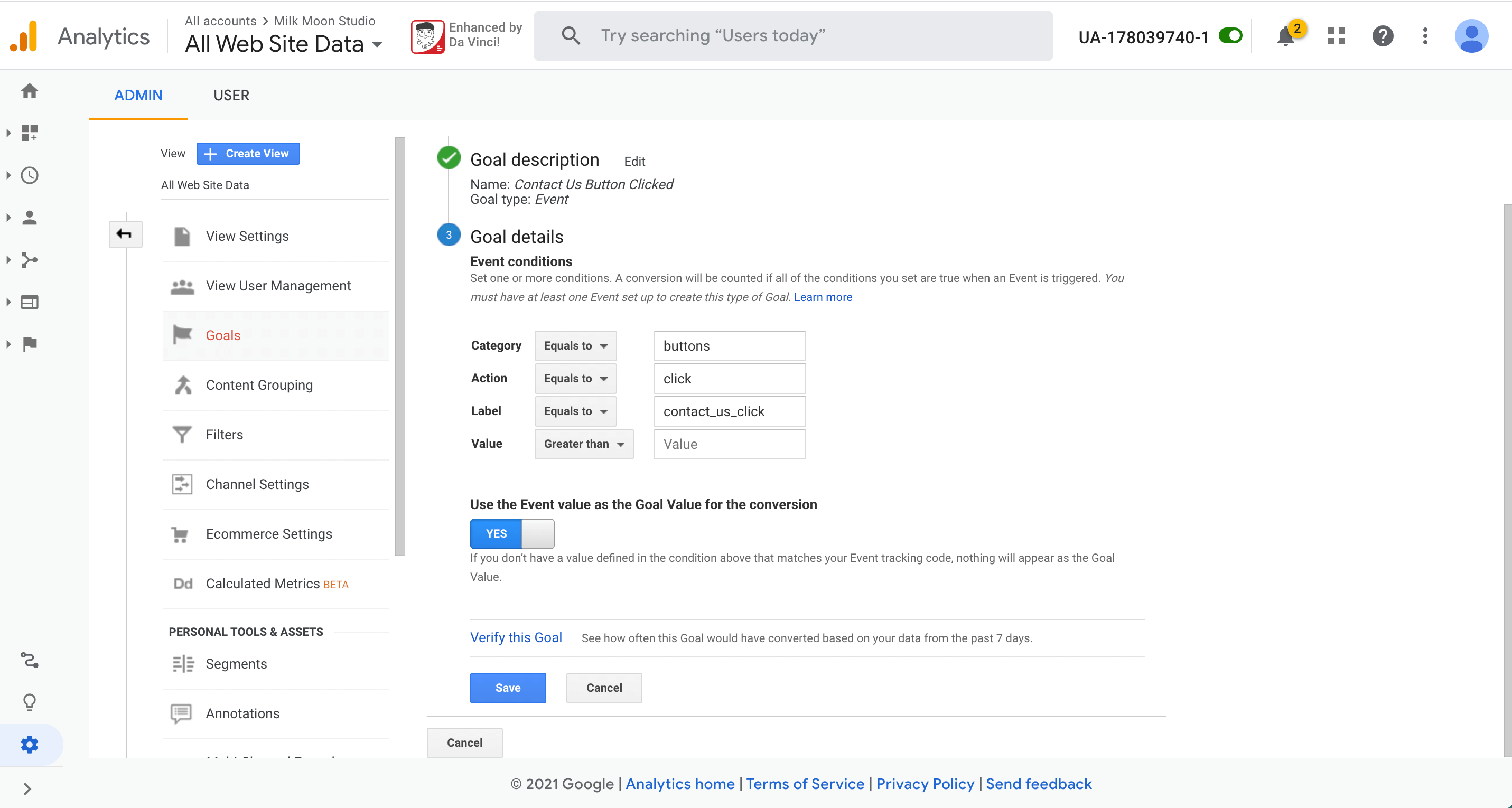What Data Is Google Analytics Goals Unable to Track: A Complete Overview
What Data Is Google Analytics Goals Unable to Track: A Complete Overview
Blog Article
Revealing the Blind Spots: Recognizing What Google Analytics Goals Can not Measure
In the world of digital analytics, Google Analytics stands as a powerful device for tracking and analyzing on-line individual interactions. Recognizing what Google Analytics goals can not gauge is vital for acquiring a comprehensive sight of user behavior and involvement.
Individual Behavior on External Platforms
Recognizing exactly how individuals interact on exterior systems is important for enhancing online strategies. External systems, such as social networks networks, recommendation internet sites, and online discussion forums, play a significant duty in driving website traffic to a business's web site. By analyzing customer actions on these systems, companies can gain important understandings right into the effectiveness of their advertising and marketing efforts and the choices of their target audience.
One secret facet of user habits on exterior platforms is the recommendation resource. By tracking where the customers are coming from, companies can recognize which systems are driving the most traffic to their web site. This information can assist firms allocate their resources a lot more properly, focusing on the platforms that produce the very best outcomes.

Offline Conversions and Interactions
Evaluating user behavior on exterior platforms offers useful understandings right into online techniques; nonetheless, considering offline conversions and communications is just as crucial for a detailed understanding of a firm's general efficiency. Offline conversions, such as in-store acquisitions or phone queries, play a considerable function in several organizations' success.

Acknowledgment Beyond Last Click
When diving into the realm of digital advertising and marketing analytics, it becomes important to look beyond the single touchpoint of the last click for an extra comprehensive understanding of attribution. While Google Analytics supplies important insights right into customer habits, relying exclusively on last-click acknowledgment can be limiting - what data is google analytics goals unable to track. Attribution versions that go past the last click supply a much more nuanced sight of the customer trip, taking right into account all the touchpoints that cause a conversion
Attribution past the Homepage last click enables marketers to appoint credit score to numerous communications along the conversion course, offering a more clear image of the effectiveness of different advertising and marketing networks. By checking out multi-touch attribution versions such as straight, time decay, or position-based attribution, organizations can much better assign their marketing spending plans and maximize their techniques for maximum influence.
Comprehending the influence of each touchpoint in the conversion procedure is vital for making notified decisions and making the most of ROI. By welcoming attribution past the last click, services can acquire much deeper understandings into customer behavior and customize their advertising efforts better.
Cross-Device and Cross-Browser Tracking

In a similar way, cross-browser monitoring enhances cross-device tracking by capturing individual habits as they switch over in between different web browsers. Comprehending exactly how customers connect with websites on various web browsers can assist marketers optimize their on the internet experiences to make certain uniformity and capability throughout various systems.
Qualitative Information and Customer Intent
Recognizing customer intent via qualitative information evaluation is crucial for developing targeted digital advertising techniques that resonate with the requirements and preferences of the target market. Qualitative information gives insights right into the 'why' behind user actions, clarifying motivations, feelings, and choices that measurable information alone can not record. By analyzing user responses, remarks, and communications, marketing experts can reveal useful info concerning Homepage customer intent, allowing look at these guys them to tailor their messaging, content, and offerings to much better line up with what their target market is seeking.
Qualitative data additionally assists in comprehending the context in which users involve with a web site or app. This contextual understanding makes it possible for marketing experts to produce more personalized and pertinent experiences, ultimately driving greater interaction and conversion rates. By diving into customer intent with qualitative data evaluation, organizations can get a deeper understanding of their target market, causing extra reliable advertising methods that satisfy users' assumptions and demands.
Verdict
In verdict, Google Analytics objectives have restrictions in measuring customer habits on exterior platforms, offline conversions, attribution past last click, cross-device and cross-browser tracking, and qualitative information associated with customer intent. what data is google analytics goals unable to track. It is vital for companies to be familiar with these dead spots in order to supplement their data evaluation with other devices and techniques to obtain a more detailed understanding of their target market and enhance their overall digital advertising methods
By examining individual actions on these platforms, organizations can acquire useful understandings right into the effectiveness of their advertising initiatives and the choices of their target audience.
Analyzing user habits on outside systems gives valuable insights into online strategies; nevertheless, taking into consideration offline conversions and communications is equally necessary for a thorough understanding of a company's overall performance.In electronic marketing analytics, moving past last-click acknowledgment to discover cross-device and cross-browser monitoring is essential for gaining a holistic understanding of user interactions across various platforms and tools. By analyzing customer responses, remarks, and communications, online marketers can uncover important information about user intent, allowing them to tailor their messaging, content, and offerings to better align with what their audience is seeking.
By delving into individual intent with qualitative information analysis, companies can get a much deeper understanding of their target audience, leading to a lot more reliable advertising strategies that satisfy users' requirements and assumptions.
Report this page